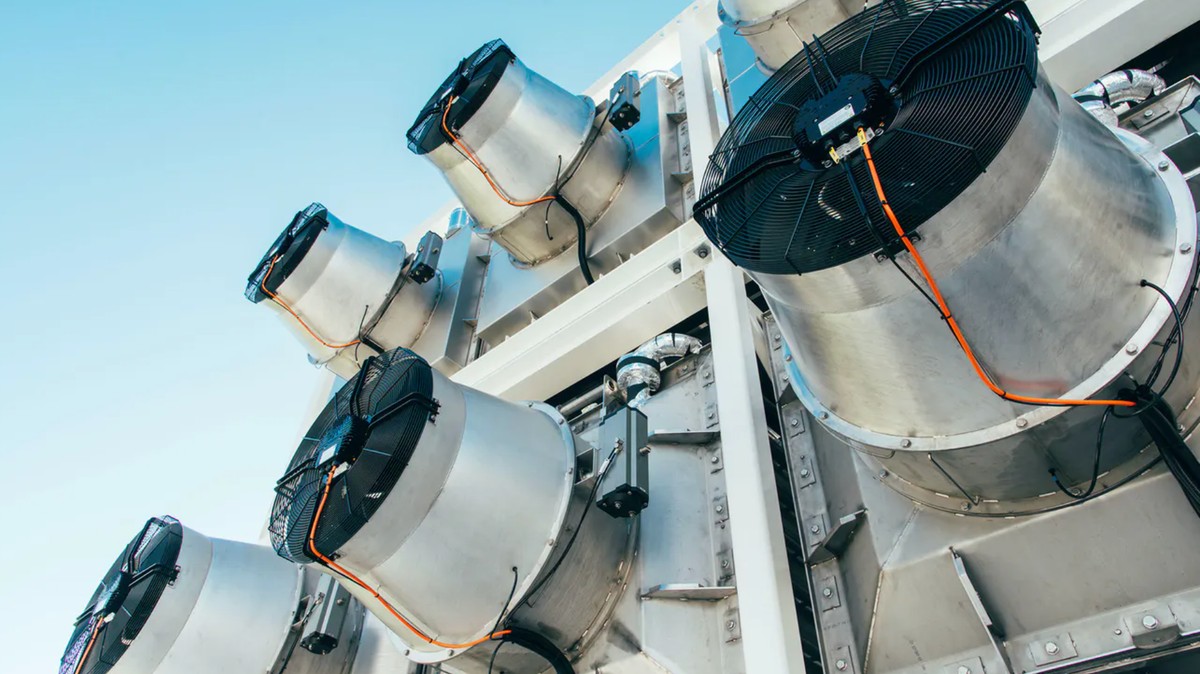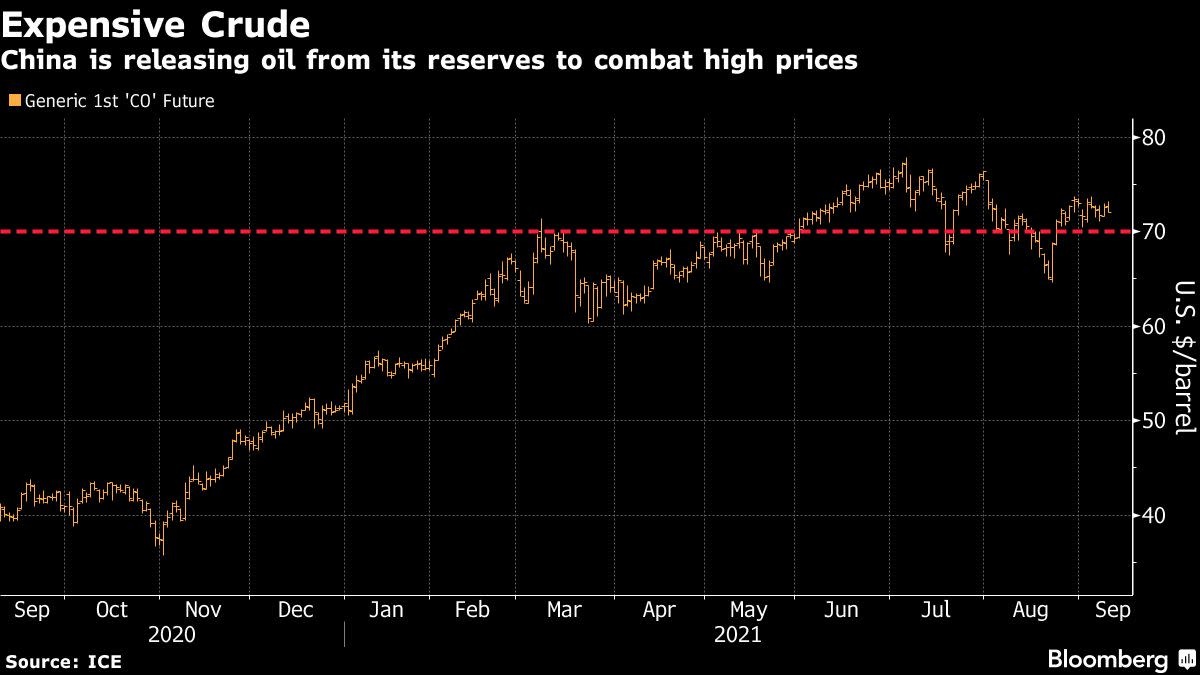mblakele
FSD Beta (99)
Here's a fairly recent projection of coal-power capacity in China and elsewhere.

Source: The world is kicking its coal habit. China is still hooked

Source: The world is kicking its coal habit. China is still hooked
You can install our site as a web app on your iOS device by utilizing the Add to Home Screen feature in Safari. Please see this thread for more details on this.
Note: This feature may not be available in some browsers.


 www.forbes.com
www.forbes.com


Nigeria has sent a signal that the recovery in global oil demand still has some way to go, with volumes for next month’s loading struggling to find a home, even among its main customers.
As much as two-thirds of Nigeria’s crude for October export has yet to find buyers, according to traders specializing in the West African market. That’s enough to fill 30 Suezmax tankers, each carrying 1 million barrels of oil.
Do you have a feel for the conversion (today) of oil price into majors (Chevron, Exxon, Shell, BP, ..) share prices?From Bloomberg just now....
This whole narrative is crumbling.
I despise SCO(double short crude ETF) and all other vehicles for shorting the price of oil, but this may be a time to just hold your nose and buy them. Or just sell some barrels for delivery next December @ $63.
I have absolutely no idea. Oil is somehow up another 2% today, so figuring out this sector's movements is likely more of a technicals exercise than a logical one. I should probably just stop thinking about it.Do you have a feel for the conversion (today) of oil price into majors (Chevron, Exxon, Shell, BP, ..) share prices?
Those other vehicles (future oil, short crude ETF) are types of investment that I have no experience with, beyond know that I need to understand what they do and don't do to make use of them. WHich means I just stay away
But it's not hard for me to understand Chevron up/down - that (public company) is something I have an understanding of.
It's been rigged for quite a while, but usually to the advantage of producers. Now China is flexing its power as a consumer.Well that's interesting....

China Intervenes in Oil Market With Historic Sale of Reserves
(Bloomberg) -- China made an unprecedented intervention in the global oil market, releasing crude from its strategic reserve for the first time with the explicit aim of lowering prices.The announcement comes amid surging energy costs in China, not just for oil but also for coal and natural gas...finance.yahoo.com
China(the only real demand growth story along with India), is selling off it's reserves. Kinda makes you wonder about this supposed "looming supply crunch".
If this doesn't bring crude markets back down to Earth, nothing will. Folks will need to capitulate to the fact of global crude markets being completely rigged and get on with their lives.
What took them so long?! If Harvard is only taking action now, I'm afraid the less rich and educated institutions will act in decades, far tool late to avoid a huge, unrecoverable catastrophe. That's not comforting at all.I guess we’re not the only ones…
Harvard, America’s richest university, will divest from fossil fuels
What took them so long?! If Harvard is only taking action now, I'm afraid the less rich and educated institutions will act in decades, far tool late to avoid a huge, unrecoverable catastrophe. That's not comforting at all.
/cloudfront-us-east-2.images.arcpublishing.com/reuters/VW2AR57E7ZIVNHYL5IMUCAXG7M.jpg)
You're settling for little. By the time this accumaltion of virtue starts to light things up, we'll all be under water or exposed to severe heatwaves and drought, with unprecedented crop failure, food insecurity, with hundreds of millions people on the road look for a livable place.i think we’re speculating here that investing in oil will be unprofitable at some point in the future. But it seems that it hasn’t gotten there yet. There are still dividends, the oil stocks haven’t totally tanked, etc.
So I think the relevance of a move like this is that it’s coming from a place of principle not profit. It wouldn’t mean anything to divest after the oil stocks are tanking. And, in fact, you can argue that the fund managers have a certain obligation to pursue profits, so divesting from oil at present is definitely a statement.
It’s not so much that I think this move will solve the problem on its own, but together with others like it, I think it sends a meaningful message, that I hope more funds will receive. At some point we’ll reach the tipping point where fossil fuel investment becomes more costly due to lack of willing investors… prohibitively expensive, I would hope. And then the oil companies less profitable, and then more funds bail… the textbook Virtuous Circle.
/cloudfront-us-east-2.images.arcpublishing.com/reuters/YSFYPZKMZZK3BGRV5RMCW2VSDE.jpg)
Every once in a while the truth slips out. These guys aren't gonna help build their own gallows.
/cloudfront-us-east-2.images.arcpublishing.com/reuters/YSFYPZKMZZK3BGRV5RMCW2VSDE.jpg)
Chevron would rather pay dividends than invest in wind and solar -CEO
Chevron Corp Chief Executive Mike Wirth said on Wednesday the company prefers to return money to its shareholders rather than use it to invest in solar and wind power projects.www.reuters.com
/cloudfront-us-east-2.images.arcpublishing.com/reuters/OCTEKS3UJBKS3MXWE2FSLK5TXI.jpg)
World demand is now seen peaking at 101.6 million barrels of oil per day (bpd) in 2026, down from a forecast made in November of a peak in 2028 at 102.2 million bpd, Rystad Energy said.
/cloudfront-us-east-2.images.arcpublishing.com/reuters/JULDBFLXMJIDPNDL5R2XFAF5UE.jpg)

The long-term impacts remain to be seen. Going from 10% remote workforce globally before the pandemic to about 65% during the pandemic, maybe after the pandemic this settles bact to 20% to 50% and growing steadily long-term.Although much of the employment in emerging markets is either informal or in-person, and as such not facilitating remote work, there were still significant portions of the workforce who shifted to work-from-home models.
Before the outbreak it was estimated that around 10% of the global workforce worked remotely, with the figure rising to as much as two-thirds in some regions during the pandemic.



